神戸港の歴史を学びに訪問
改装前に行ったため、現在は展示品も大きく変わっていると思いますが、神戸の歴史を学ぶため、神戸海洋博物館を訪れたことがあります。海に面したモダンな装飾がある建物で、建築全体で海に向かう船を表している様です。
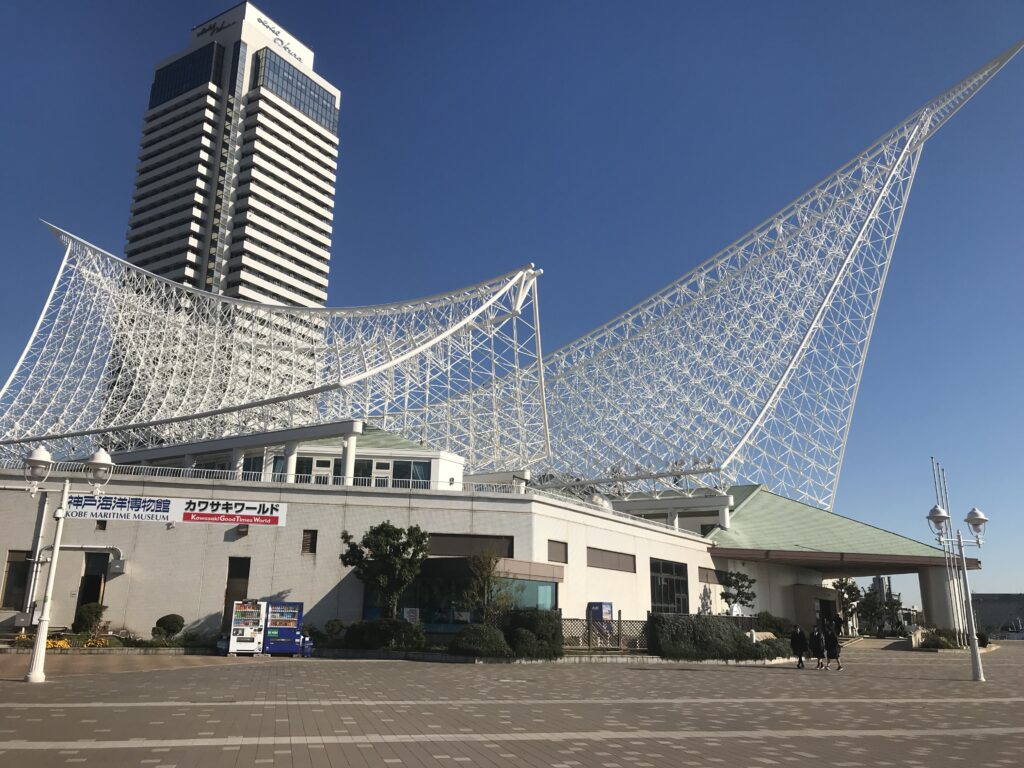
博物館の中に入ると、ロドニー号と呼ばれる英国艦船の旗艦の模型が出迎えてくれました。縮尺8分の1ですが、かなり大きいです。この船は1868年1月1日に、神戸が世界へ向けて開港した際に、神戸港に入港し礼砲を撃った18隻の内の1隻です。このロドニー号の周りにも沢山の船の模型が置いてあります。
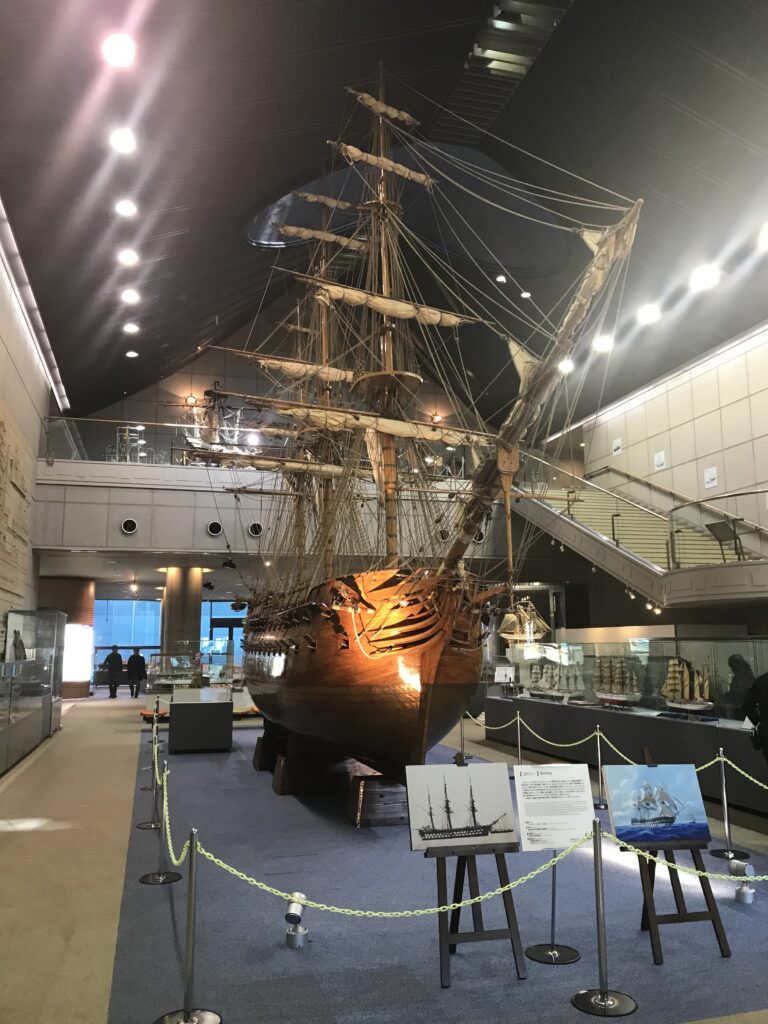
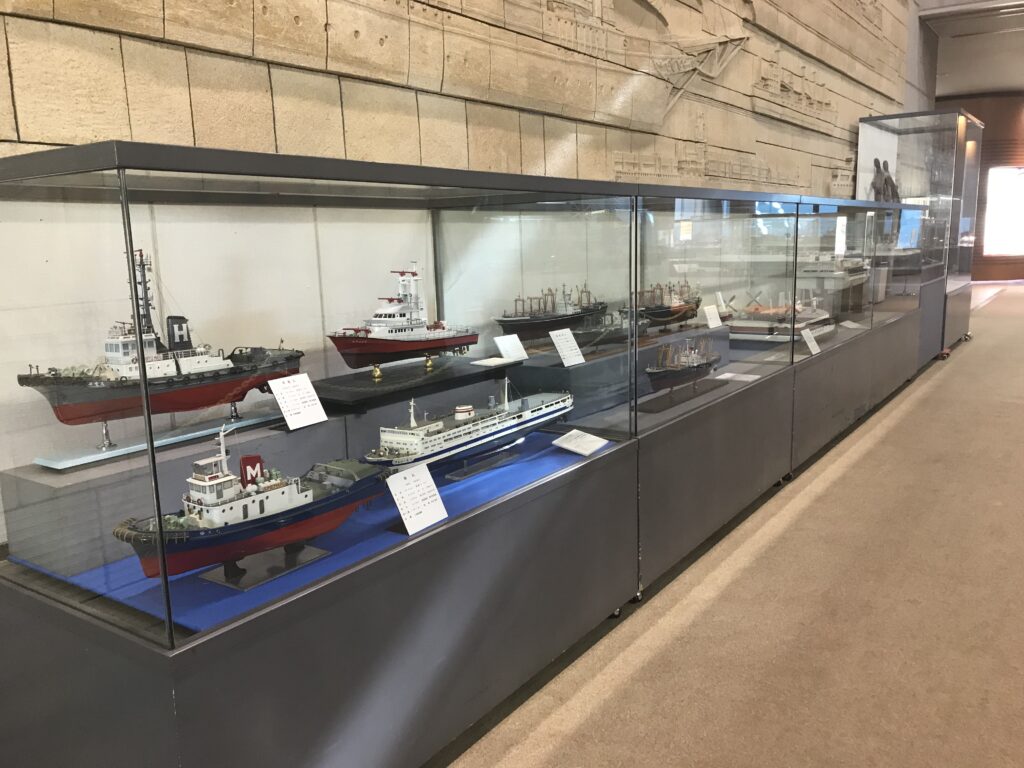
大和田の泊についての展示
2階に上がると、神戸の港の歴史を振り返ることができます。奈良時代あるいはそれ以前から中国大陸と行き来する船が、この辺りに寄港しました。一番有名なのは、平清盛が力を入れた日宋貿易の頃に、大和田の泊という港を整備・拡大したことです。
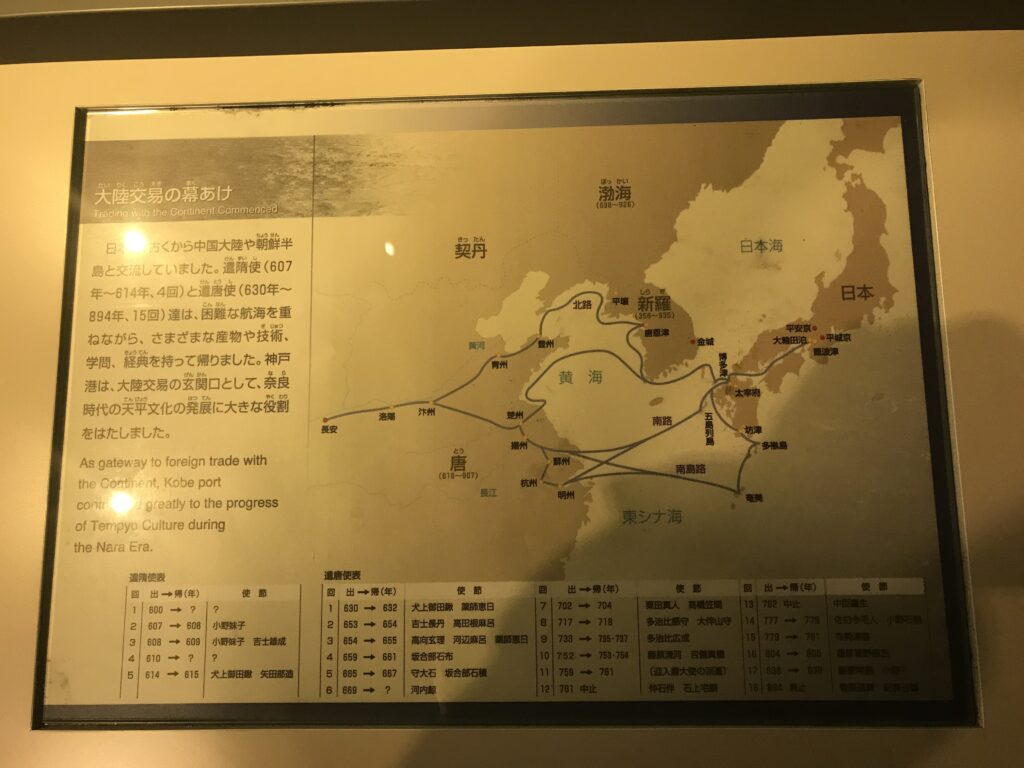
博物館には、この大和田の泊を拡大するため、経ヶ島という人工島を造った様子を表現したジオラマがあります。当時、人工島のつくる工法は2種類あったそうです。1つは、船に石を詰めて目的地まで運び、そこで、船の底に穴を開けて、船ごと沈めて海底から重ねていき、島を造りました。もう一つは、海の中に木で柵を設け、その柵で囲んだ中に石を入れて島にしました。
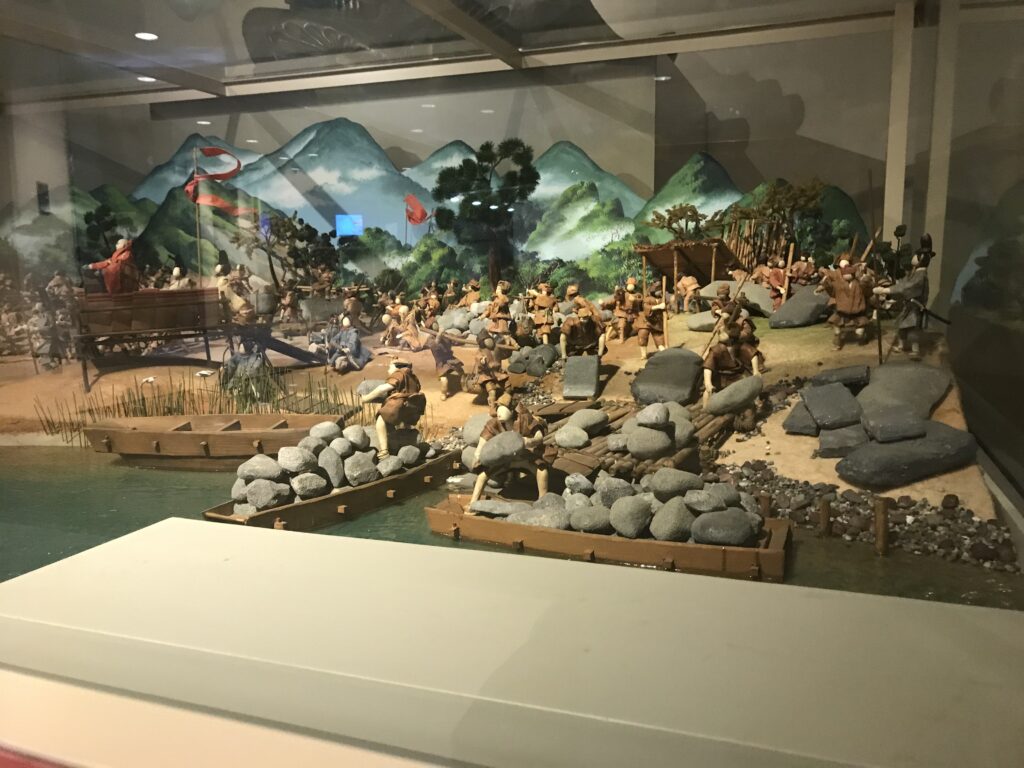
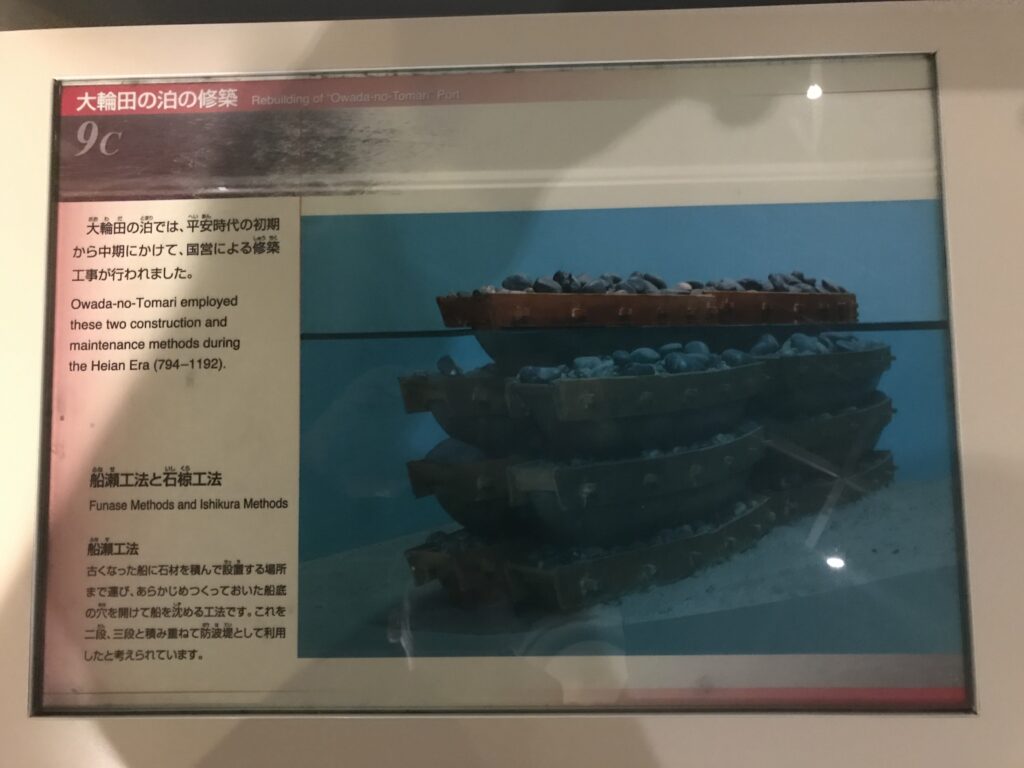
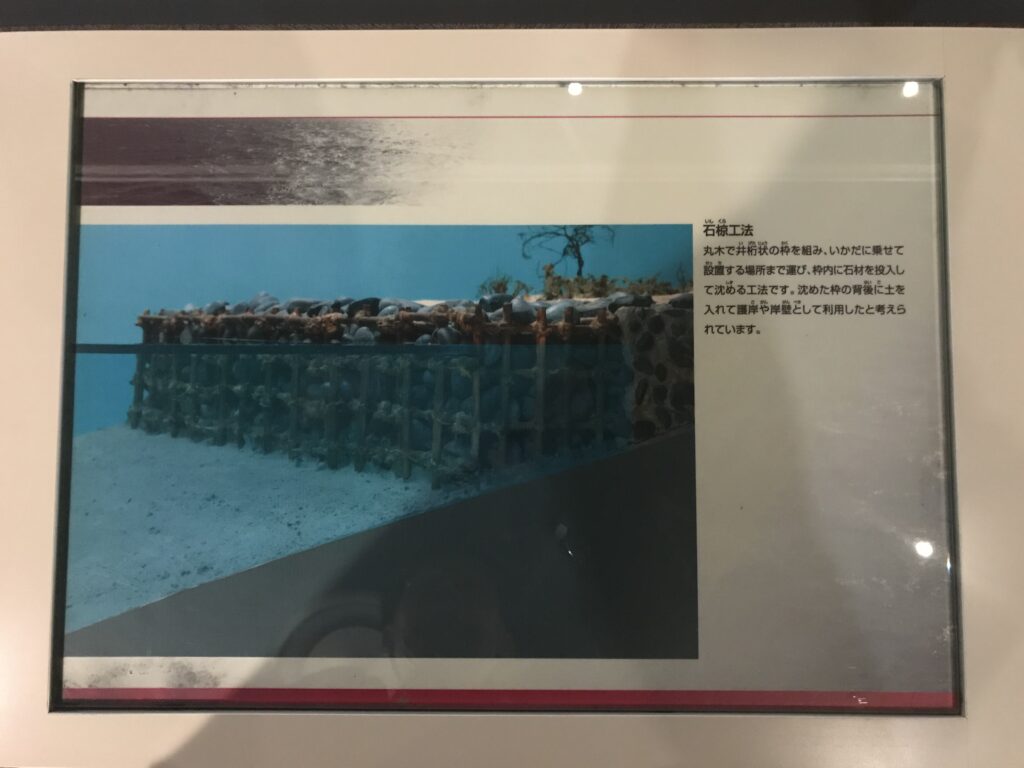
古代の輸出入主要産品
当時の輸出入品の見本を見ることができます。日本からの輸出品として鉱物の硫黄、瑪瑙、銅などがありました。また、日本への輸入品として貨幣経済に必要な貨幣として、宋銭が大量に輸入されています。その一部が、展示されていました。
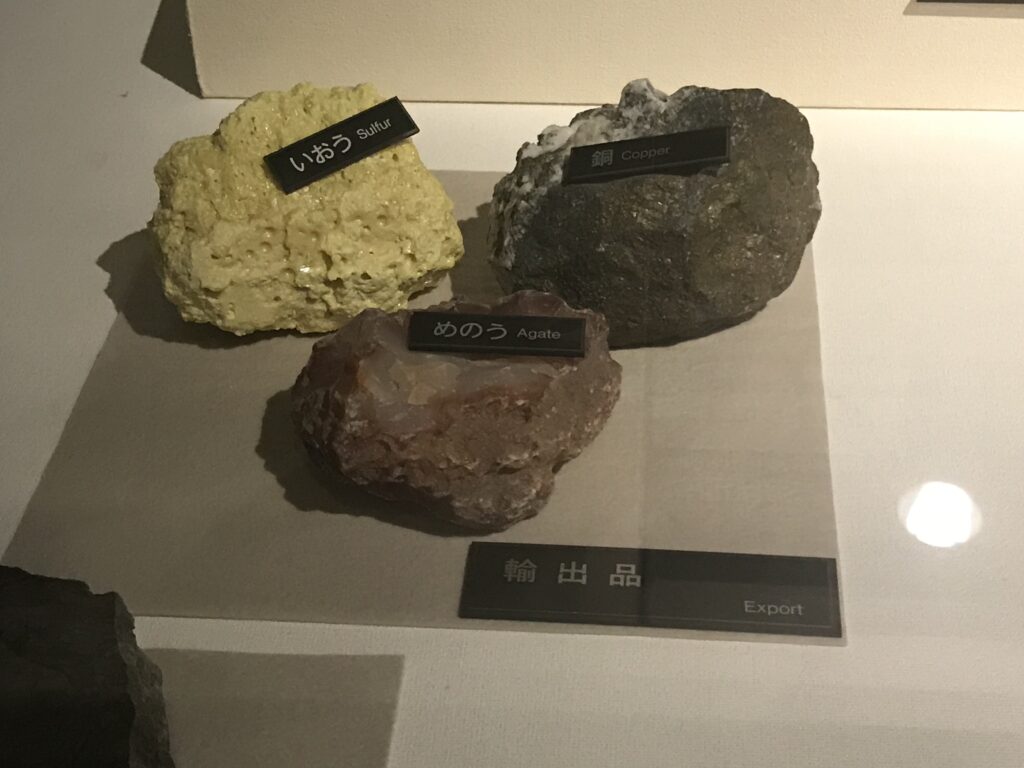
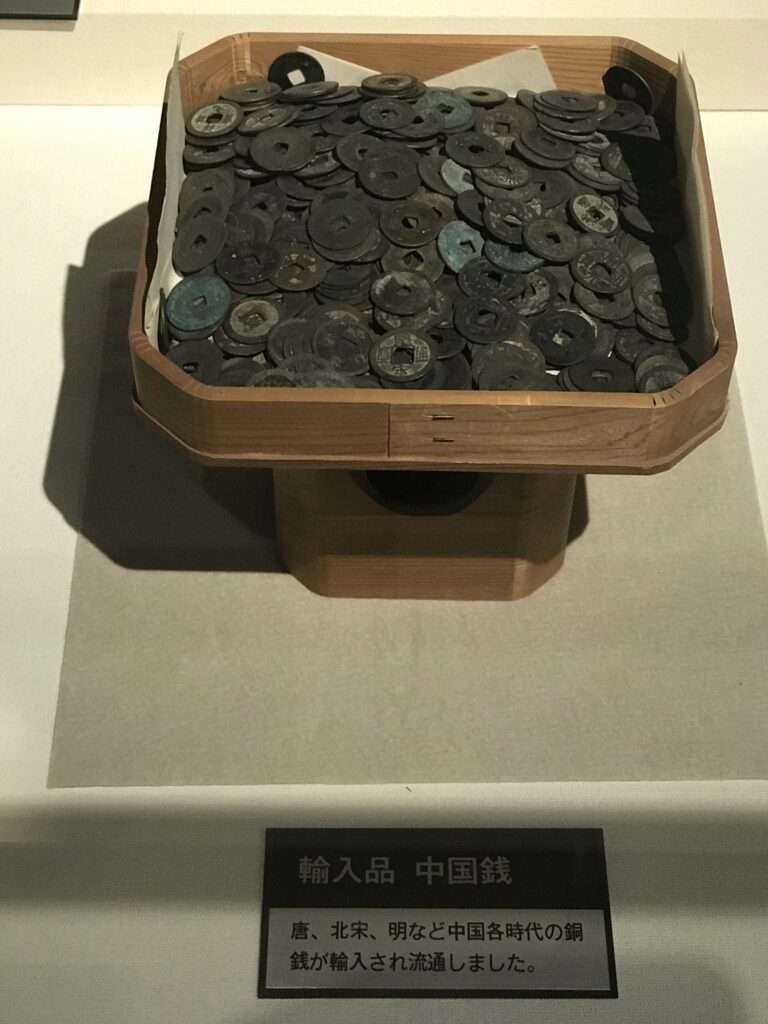
時代が江戸時代になると、日本国内の航路が発展して、沢山の種類と量の物資が船で運ばれるようになります。船の模型として、菱垣廻船、樽廻船、北前船が置かれていました。船の好きな人には、十分楽しめる博物館だと思います。(完)
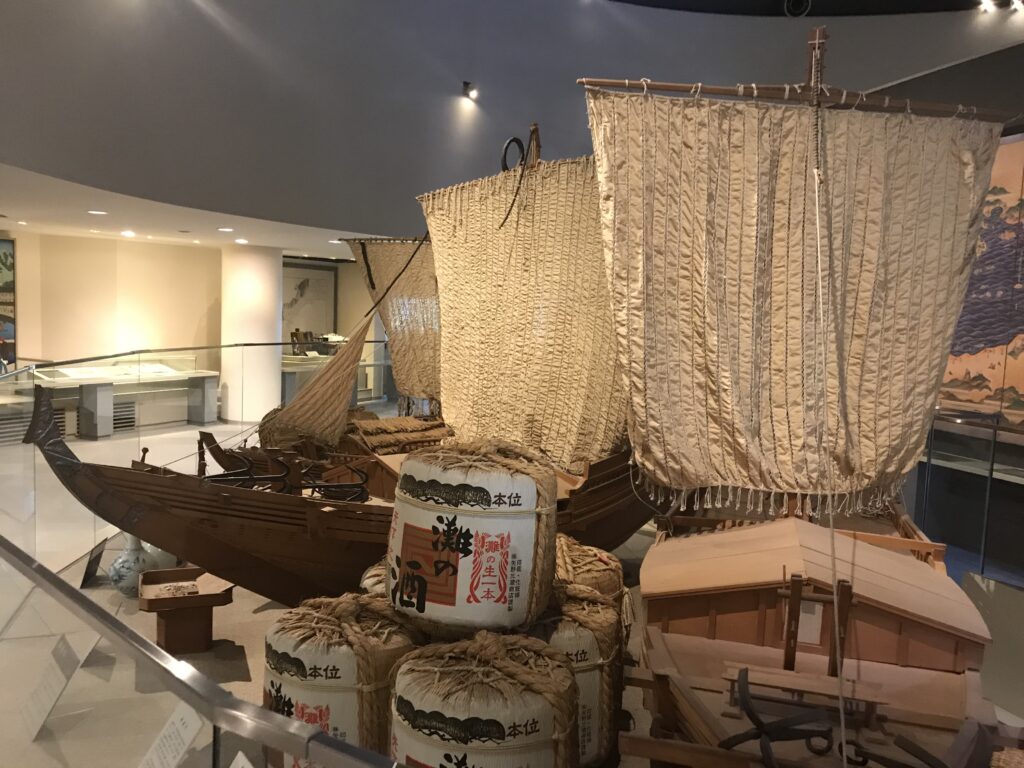
Kobe Maritime Museum (English)
Visit to learn about the history of the Port of Kobe
I have visited the Kobe Maritime Museum to learn about the history of Kobe, although I went there before the renovation and I think the exhibits have changed a lot now. The building has modern decorations facing the sea, and the whole architecture seems to represent a ship heading out to sea.
As I entered the museum, I was greeted by a model of the flagship of the British fleet, called the Rodney. The scale is one-eighth, but it was quite large. This ship was one of the 18 ships that entered the port of Kobe and fired a salute when Kobe opened its port to the world on January 1, 1868. There were also many ship models around the Rodney.
Exhibition about Owada-no-Tomari Port
As I went up to the second floor, I could look back on the history of the port of Kobe. Since the Nara period (710-794) or even earlier, ships traveling to and from the Chinese continent had called at this area. The most famous example was the development and expansion of the port of Owada-no-Tomari during the Japan-Sung trade, which was a major focus of Taira-no-Kiyomori (the head figure of Samurai).
In the museum, there was a diorama showing how an artificial island called Kyougashima was built to expand the port of Owada-no-Tomari. At that time, there were two methods of building artificial islands: one was to fill a ship with stones and carry it to the destination, where a hole was drilled in the bottom of the ship, and the entire ship was sunk and piled up from the bottom of the sea. The other was to set up a wooden fence in the sea and put stones inside the fence to make an island.
Major products imported and exported in ancient times
I could see a sample of the imported and exported goods of the time. Exports from Japan included the minerals sulfur, agate, and copper. In addition, a large amount of Song dynasty coins were imported to Japan as money needed for the monetary economy. Some of these were on display.
In the Edo period (1603-1868), Japan’s domestic shipping routes developed, and many kinds and quantities of goods were transported by ship. As models of ships, there were Higaki-kaisen-ship, Taru-kaisen-ship, and Kitamae-ship. If you like ships, you will enjoy this museum. (End)
Musée maritime de Kobe (français)
Visite pour découvrir l’histoire du port de Kobe
J’ai visité le musée maritime de Kobe pour en savoir plus sur l’histoire de la ville, mais j’y suis allée avant la rénovation et je pense que les expositions ont beaucoup changé maintenant. Le bâtiment a des décorations modernes qui font face à la mer, et toute l’architecture semble représenter un navire qui se dirige vers la mer.
En entrant dans le musée, j’ai été accueillie par une maquette du navire amiral de la flotte britannique, le Rodney. L’échelle est d’un huitième, mais il était assez grand. Ce navire était l’un des 18 navires qui sont entrés dans le port de Kobe et ont tiré une salve lorsque Kobe a ouvert son port au monde le 1er janvier 1868. Il y avait également de nombreuses maquettes de navires autour du Rodney.
Exposition sur le port d’Owada-no-Tomari
En montant au deuxième étage, j’ai pu me remémorer l’histoire du port de Kobe. Depuis la période Nara (710-794) ou même avant, les navires voyageant vers et depuis le continent chinois faisaient escale dans cette zone. L’exemple le plus célèbre est le développement et l’expansion du port d’Owada-no-Tomari pendant le commerce Japon-Sung, qui était l’un des principaux centres d’intérêt de Taira-no-Kiyomori (la figure de proue des samouraïs).
Dans le musée, il y avait un diorama montrant comment une île artificielle appelée Kyougashima a été construite pour agrandir le port d’Owada-no-Tomari. À l’époque, il existait deux méthodes de construction d’îles artificielles : l’une consistait à remplir un bateau de pierres et à le transporter jusqu’à sa destination, où un trou était percé dans le fond du bateau, et tout le bateau était coulé et empilé au fond de la mer. L’autre consistait à installer une barrière en bois dans la mer et à placer des pierres à l’intérieur de la barrière pour former une île.
Principaux produits importés et exportés dans l’Antiquité
J’ai pu voir un échantillon des marchandises importées et exportées à l’époque. Les exportations du Japon comprenaient les minéraux suivants : soufre, agate et cuivre. En outre, une grande quantité de pièces de monnaie de la dynastie Song étaient importées au Japon, car elles étaient nécessaires à l’économie monétaire. Certaines d’entre elles étaient exposées.
Durant la période Edo (1603-1868), les routes maritimes intérieures du Japon se sont développées et de nombreux types et quantités de marchandises ont été transportés par bateau. Les modèles de navires sont le Higaki-kaisen-ship, le Taru-kaisen-ship et le Kitamae-ship. Si vous aimez les navires, vous apprécierez ce musée. (Fin)
